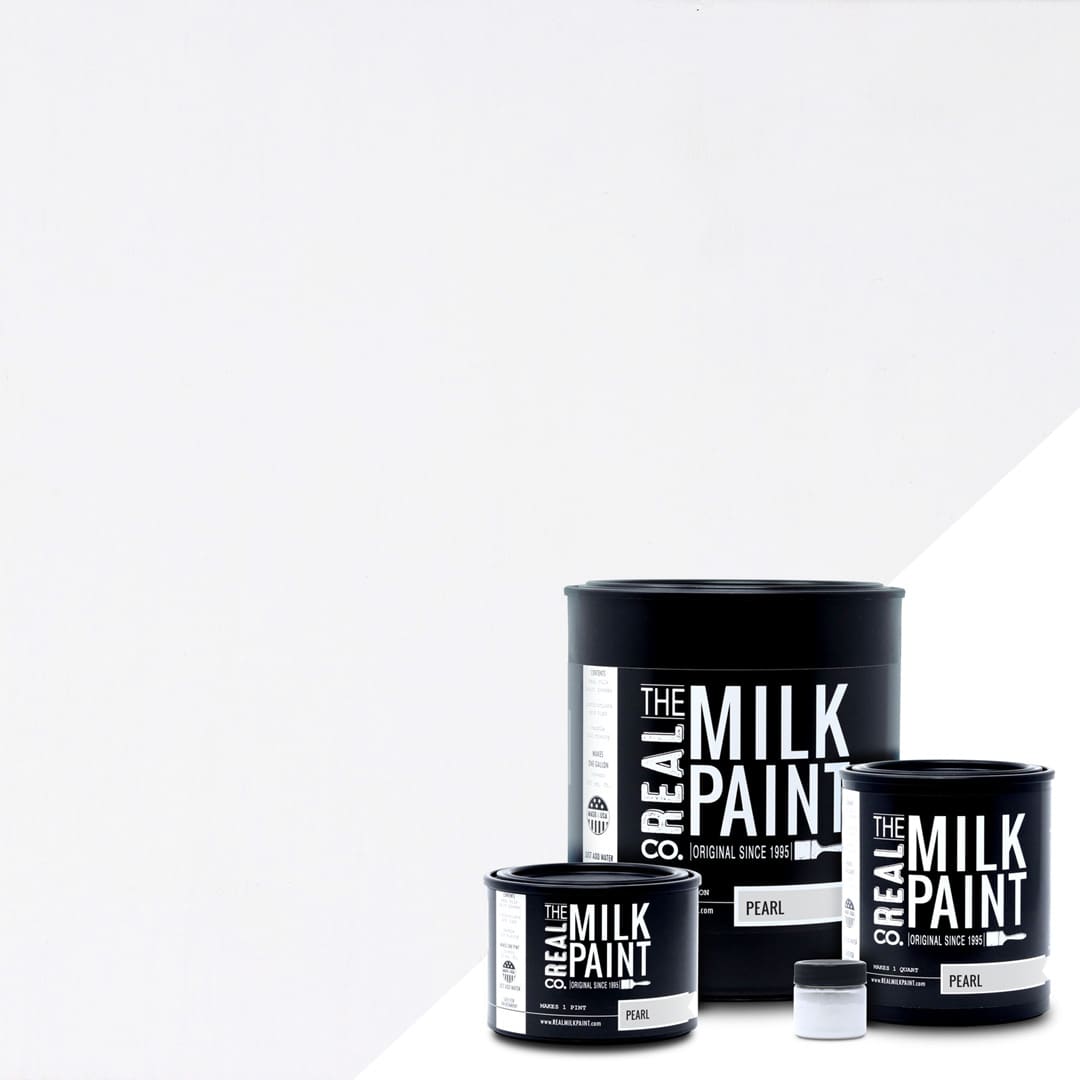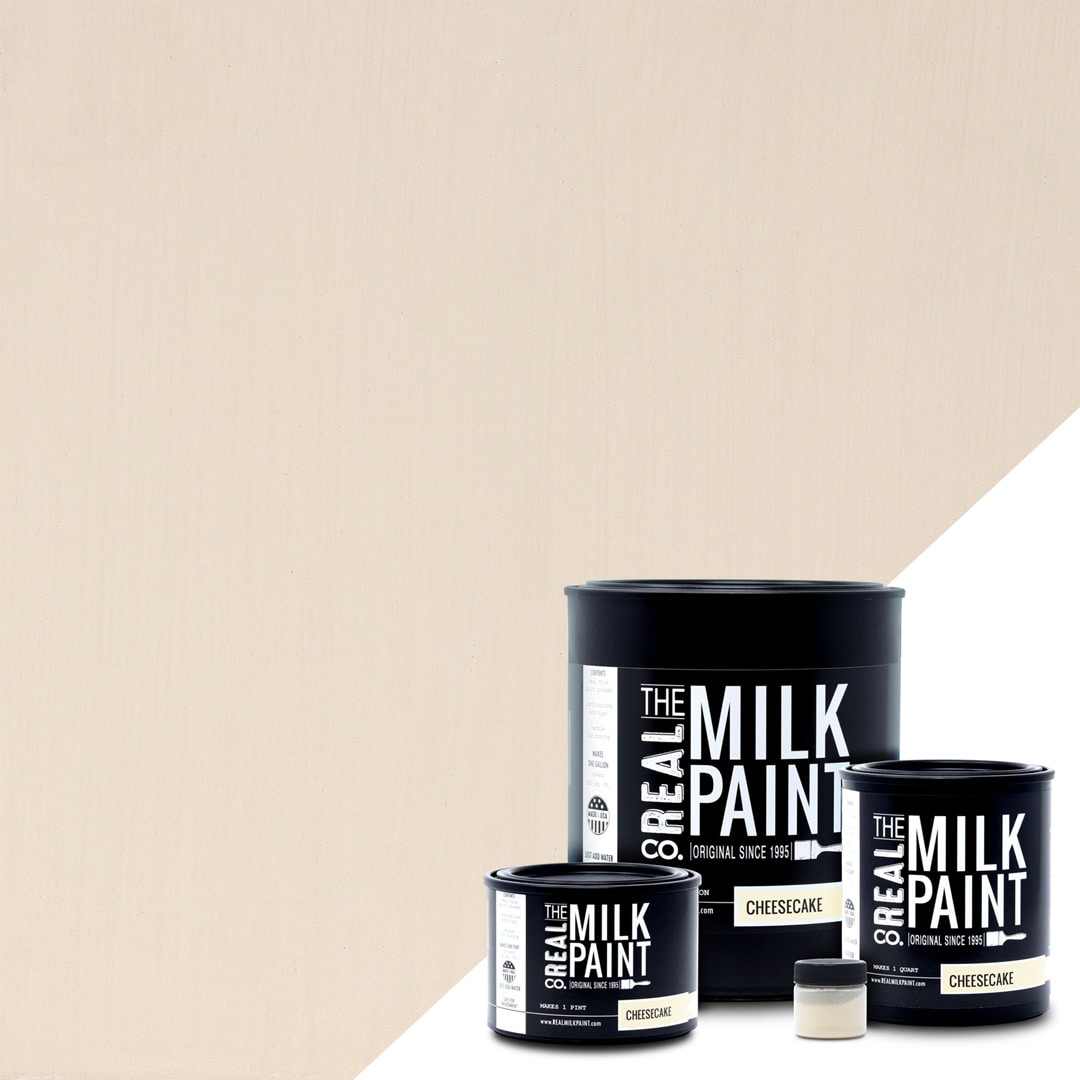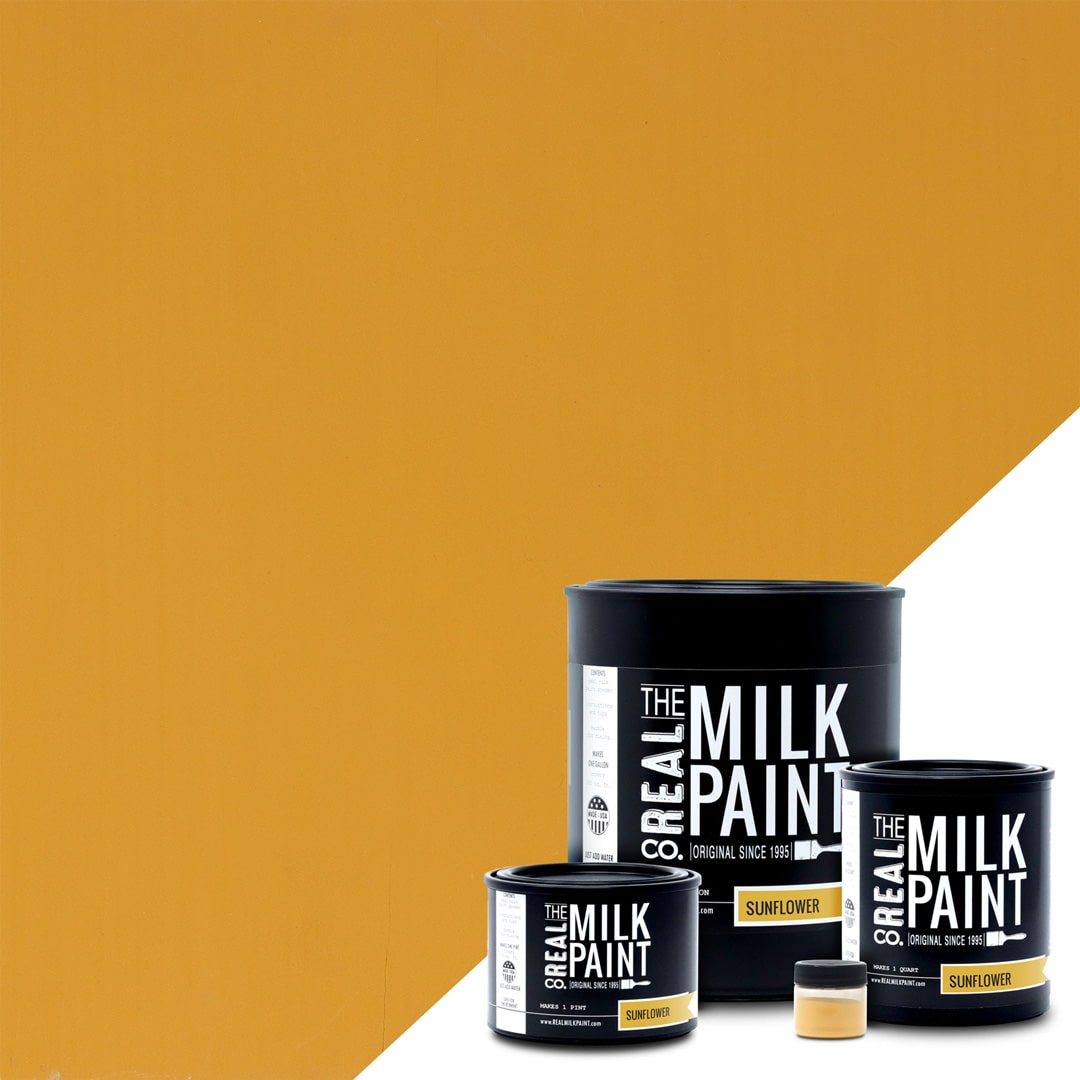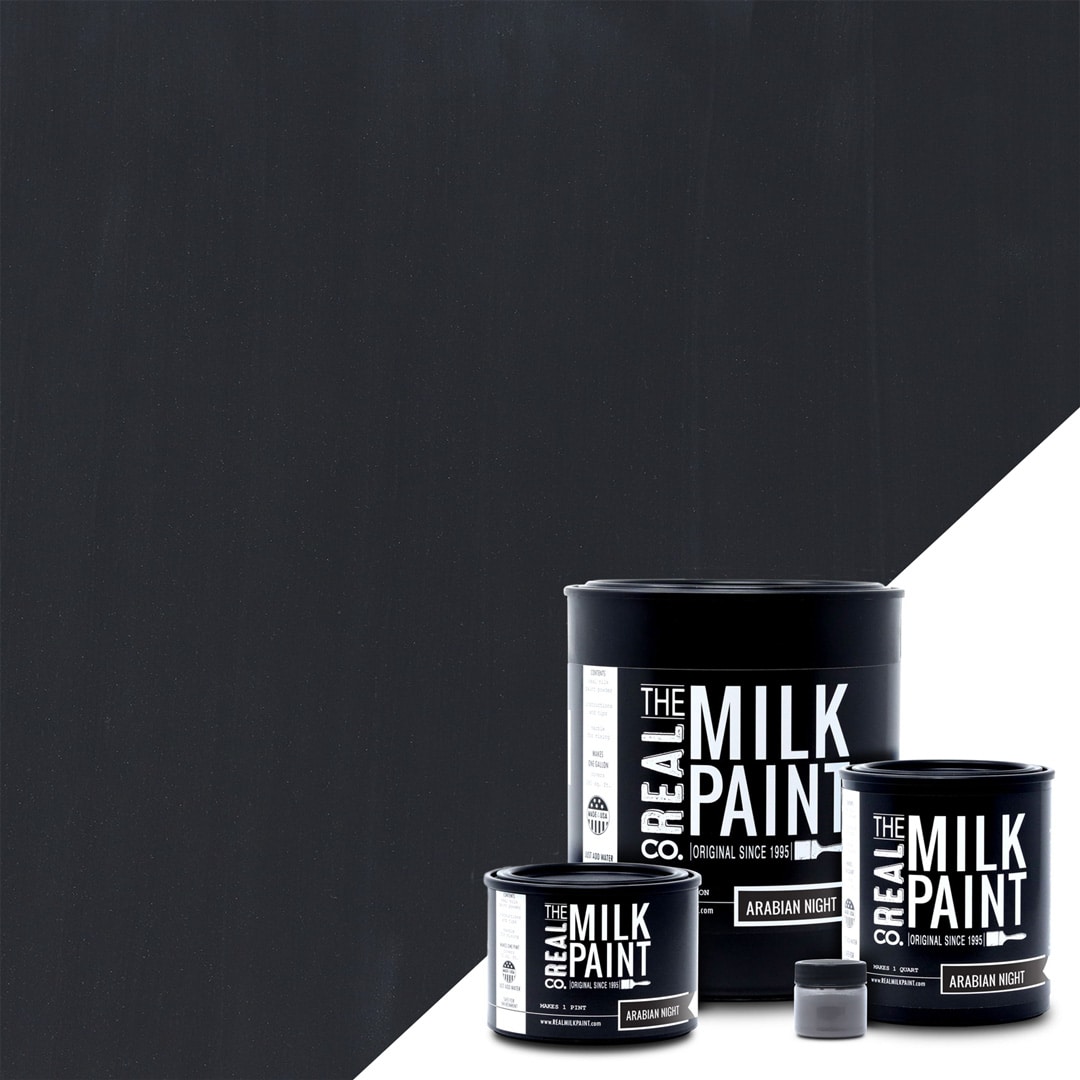 In the world of decorative painting, the organic nature of milk paint has made it a favorite among painting contractors and DIY enthusiasts alike. Derived from milk protein, natural milk paint offers a range of vibrant colors that can transform any surface into a work of art. However, a common question arises: “How much paint do I need, and how do I store unused paint?” This guide delves deep into the nuances of storing paint to ensure your milk paint will adhere properly and retains its genuine charm for future projects.
In the world of decorative painting, the organic nature of milk paint has made it a favorite among painting contractors and DIY enthusiasts alike. Derived from milk protein, natural milk paint offers a range of vibrant colors that can transform any surface into a work of art. However, a common question arises: “How much paint do I need, and how do I store unused paint?” This guide delves deep into the nuances of storing paint to ensure your milk paint will adhere properly and retains its genuine charm for future projects.
Tips to Properly Store Unused Milk Paint
Understanding how to store paint is crucial to preserving its quality. Whether you are a novice or a seasoned painter, these tips will guide you in maintaining the freshness of your leftover paint, ensuring a long shelf life and readiness for your next project.
Temperature and Humidity: How They Affect Milk Paint
Milk paint is made from organic materials, including milk protein, which makes it sensitive to temperature and humidity. The organic nature of milk paint means it reacts more to environmental conditions than other paints. Storing paint in a controlled environment prevents adhesion issues and maintains vibrant milk paint colors for longer. Store paint in a cool, dry place, away from direct sunlight and fluctuating temperatures, is recommended to prevent spoilage.
Understanding how much paint you will use for a project can sometimes be a guessing game, leading to leftover paint that needs storage. When storing paint, consider the seasonal changes in temperature and humidity. In regions with high humidity, ensuring an airtight seal on your paint cans is essential to prevent moisture from affecting the paint mixture. Similarly, in colder climates, safeguard your paint from freezing temperatures, which can alter the consistency and usability of the paint. By taking these precautions, you ensure that your milk paint remains in its genuine milk paint form, ready to offer vibrant hues in your future projects.
Avoiding Common Mistakes in Storing Milk Paint
 When storing milk paint, avoiding common mistakes can be the key to preserving its quality for future projects. Here are some mistakes to avoid and tips on how to store your milk paint properly:
When storing milk paint, avoiding common mistakes can be the key to preserving its quality for future projects. Here are some mistakes to avoid and tips on how to store your milk paint properly:
- Not Sealing the Paint Cans Properly: Failing to seal the paint cans properly can lead to the hardening of the milk paint, rendering it unusable for future projects. To prevent this, use a rubber mallet to close the lid tightly, creating an airtight seal that keeps the paint fresh and ready for your next venture. Even if you think the can has an air-tight seal, exposure to the air while in storage will spoil the paint. This will become clear when the milk paint won’t adhere to your paint surface.
- Storing Paint in Rusty Cans: Utilizing rusty cans for storage can cause contamination of the paint, affecting its quality and performance. To maintain its pristine condition, always opt for clean, rust-free cans for storage, safeguarding the vibrant hues of your milk paint colors.
- Neglecting the Unused Powder: The unused powder, if not stored correctly, can form clumps, making it difficult to achieve the desired consistency when remixed. Ensure to store the unused powder in a sealed container, placed in a cool, dry place away from moisture to maintain a smooth, lump-free consistency for future use.
- Not Labeling the Paint Cans: Not labeling the paint cans can lead to confusion regarding the paint color and shelf life, especially when you store multiple layers of different colors. Avoid this by labeling the paint cans with the date of first use and the paint color, helping you keep track of the shelf life and avoid confusion in the future.
By avoiding these common mistakes, you can ensure that when you touch milk paint months later, it will be as fresh and ready to use as the day you first opened it.
Expert Advice on Extending the Shelf Life of Milk Paint
Experts also recommend applying freshly mixed paint rather than storing it for extended periods. One of the best ways to ensure the longevity of your milk paint is to purchase the powder form, which has a mch longer shelf-life than mixed paint. You can store your powder paint for months and mix it when you’re ready to start a new project.
If you must store your mixed milk paint, always pour unused paint back into paint cans through a strainer to remove impurities. For extra protection, place a piece of plastic wrap on the surface before sealing the can. This ensures that the can is properly sealed and the paint remains in its true form, preserving the paint’s texture and quality, ready for your next project When ready to reuse the paint, stir it well and, if necessary, add a little extra bond to improve adhesion to the painted surface. Remember, well-preserved milk paint can offer far more milk paint applications, from a thick coat to a thin-washed look, giving you a range of options for your DIY projects.
Preparing Milk Paint for Storage
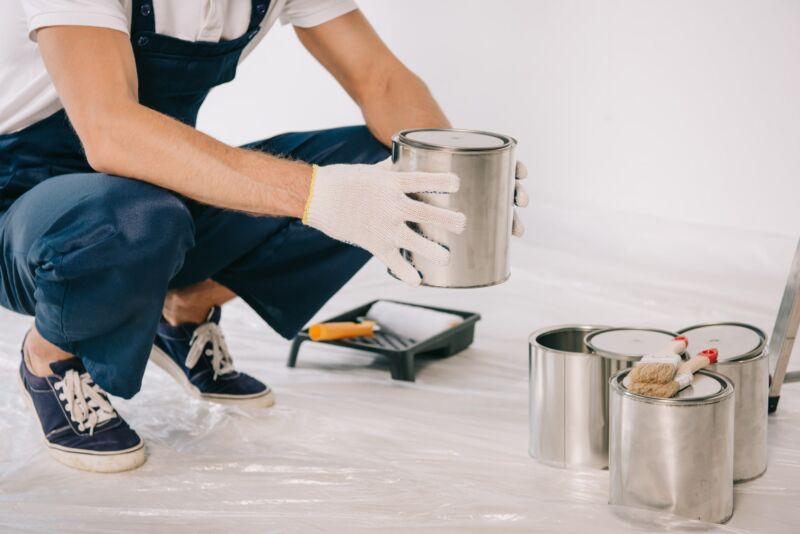 Before you store your leftover paint, it is essential to prepare it properly to ensure its longevity. Proper preparation retains the vibrant hues of milk paint colors and safeguards its organic nature, allowing for a fresh application even after a considerable period. Whether you are a seasoned artist or embarking on your first DIY project, understanding how to prepare milk paint for storage is a skill that will serve you well, ensuring that you can pick up right where you left off with the perfect shade of milk paint.
Before you store your leftover paint, it is essential to prepare it properly to ensure its longevity. Proper preparation retains the vibrant hues of milk paint colors and safeguards its organic nature, allowing for a fresh application even after a considerable period. Whether you are a seasoned artist or embarking on your first DIY project, understanding how to prepare milk paint for storage is a skill that will serve you well, ensuring that you can pick up right where you left off with the perfect shade of milk paint.
Best Containers for Storing Unused Milk Paint
When storing unused milk paint, the choice of container is crucial. Using airtight containers to prevent air and moisture from getting in is recommended. Glass jars with airtight seals are an excellent choice as they allow you to see the paint color easily and maintain an airtight environment to keep the milk paint safe for later use. Additionally, using clear containers helps identify the paint color quickly when you decide to use it again.
The Shelf Life of Unused Milk Paint
Understanding the shelf life of milk paint is vital in determining how long you can store it without compromising its quality. In its powder form, true milk paint can be stored indefinitely if kept in a dry, cool place. However, once mixed, the shelf life reduces significantly. Freshly mixed paint should ideally be used within a short period, but if stored correctly in a sealed container, it can last for up to a month. Using freshly mixed paint to maintain the vibrant milk paint colors in your projects is always recommended.
Utilizing Leftover Milk Paint
After going through the meticulous process of storing your milk paint, the next step is to explore the myriad ways you can utilize leftover milk paint in future projects. Milk paint, known for its organic nature and vibrant palette of colors, offers a rich ground for creativity and innovation.
Creative Projects with Leftover Milk Paint
Leftover milk paint opens up a world of possibilities for creative projects. The options are endless, from giving a new paint layer to your furniture to indulging in decorative painting. You can create a distressed look by applying a thin coat followed by a thick coat or achieve a smooth finish with multiple layers of thin coats. Experiment with different techniques, such as using an oil-based glaze for a rich patina or applying a clear coat before painting for a glossy finish. The versatility of milk paint allows for a range of artistic expressions, making every project unique.
Add Leftover Paint to Your Compost
Using milk paint in your compost can be a sustainable choice due to its organic and biodegradable components. Milk paint, made from milk protein (casein), lime, and natural pigments, breaks down over time, returning essential nutrients to the soil. When added to compost, it can help in creating a rich and nourishing soil conditioner, promoting healthy plant growth. It is advised to use it sparingly to maintain the balance of the compost.
Mixing Leftover Paints: Do’s and Don’ts
Mixing leftover paints can be a great way to discover new paint colors. However, it is essential to remember some rules to ensure the best results. Mix paints with similar bases to get a uniform consistency. Refrain from mixing oil and water-based paints as they won’t blend well. Test the new paint mixture on a small area before applying it to a larger surface. Remember to note down the ratios used for future reference. Following these guidelines will help you create beautiful new shades without wasting paint.
Safety Tips: Using Stored Milk Paint
While milk paint is renowned for being eco-friendly and safe, adhering to safety guidelines when using stored paint is crucial. Ensure the paint has not developed a foul odor, a sign of spoilage. Always use paint in well-ventilated areas to avoid inhaling any potential fumes. Moreover, when working on surfaces like children’s toys, ensure the milk paint is safe and free from contaminants before application. Following these safety tips ensures a healthy and safe environment for all your painting projects.
Can You Refrigerate Milk Paint?
Yes, you can refrigerate milk paint to extend its shelf life. When stored in a refrigerator, the cool temperature slows down the degradation process, allowing you to use the paint for a more extended period. However, storing the paint in a sealed container is essential to prevent moisture from affecting its consistency. Before using refrigerated paint, allow it to come to room temperature for optimal results.
How to Revive Stored Milk Paint?
Reviving stored milk paint involves checking its condition first. If the paint has thickened, add a small amount of water to thin it out. A good stir will help combine the elements again for paint that has separated. If you find the paint has lost its adhesion properties, adding a bit of extra bond can help. Always do a patch test on a small area to ensure the revived paint works as expected before applying it to a larger surface.
Is It Safe to Use Stored Milk Paint on Children’s Toys?
Milk paint is known for its non-toxic and eco-friendly properties, making it a safe choice for children’s toys. However, when using stored milk paint, it is vital to ensure it has not spoiled or developed mold over time. Conduct a smell test to check for any foul odors indicating spoilage. If the paint passes the smell test and is in good condition, it is safe to use on children’s toys, offering a vibrant and safe solution for your DIY projects.
Shop Superior Milk Paint You Can Store with Real Milk Paint
Whether you want to touch up an old piece of furniture or start a new painting project from scratch, using superior-quality milk paint can make all the difference.
Real Milk Paint offers a wide range of milk paint colors, allowing you to find the perfect shade for your project. Our eco-friendly and organic paints ensure a safe and vibrant result for all your painting endeavors. Here are some reasons why you should choose Real Milk Paint for your next project:
- Quality and Durability: Our milk paints are known for their high-quality ingredients and durability. When you apply milk paint from our range, you can be assured of a finish that lasts for years, retaining its vibrant colors and rustic charm.
- Ease of Use: Real Milk Paint is easy to mix and apply, making it suitable for beginners and experienced painters. The paint mixes well, allowing for a smooth application, whether for a thick or thinner coat to achieve that perfect look.
- Eco-Friendly: Leveraging the organic nature of the ingredients, our milk paints are eco-friendly, offering a safe alternative to the chemical-laden paints available in the market. When you choose Real Milk Paint, you opt for a safe product for you and the environment.
- Wide Range of Colors: From classic shades to modern hues, our collection offers a wide range of colors to suit every taste and project. Whether looking for a flat paint finish or a glossy one, you will find the perfect color in our range.
- Customer Support: At Real Milk Paint, we prioritize our customers. Please contact us if you have any questions or need advice on your painting project. Our team of experts is here to guide you every step of the way, ensuring a successful and satisfying painting experience.
Discover the joy of painting with Real Milk Paint, where quality meets creativity. Visit our shop to explore the vibrant range of milk paint colors and start your painting journey with the best in the market.
